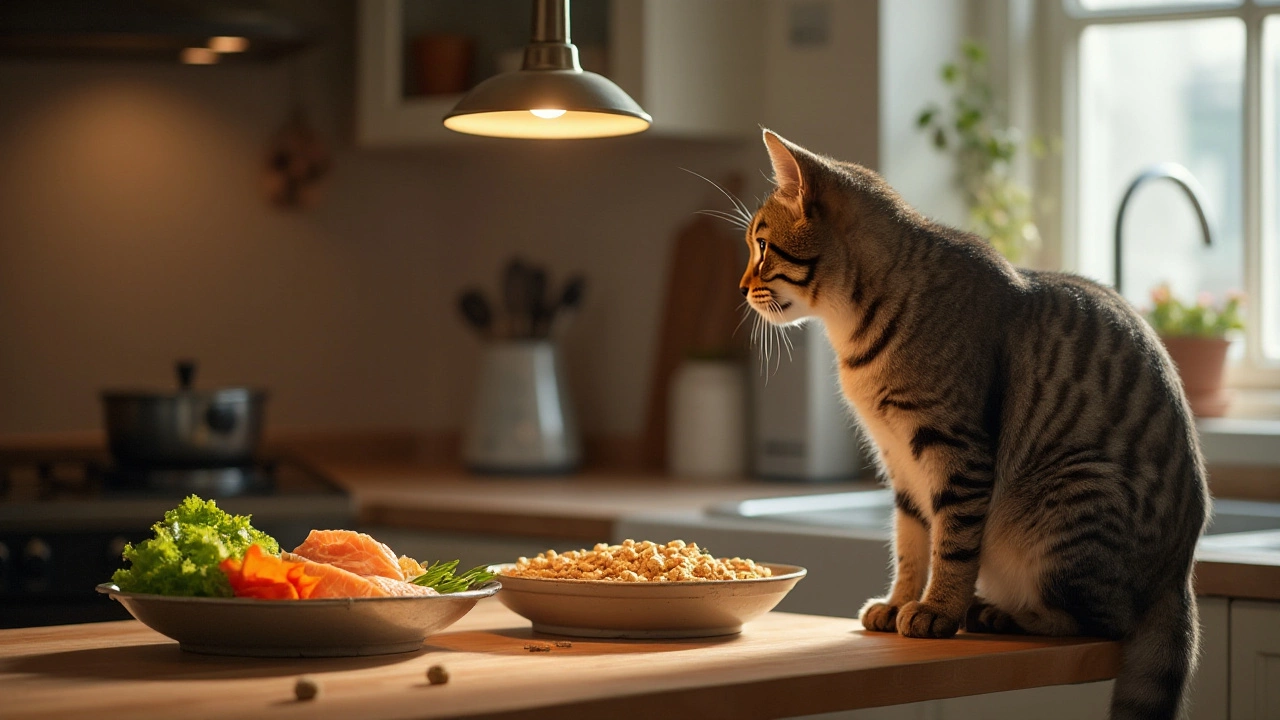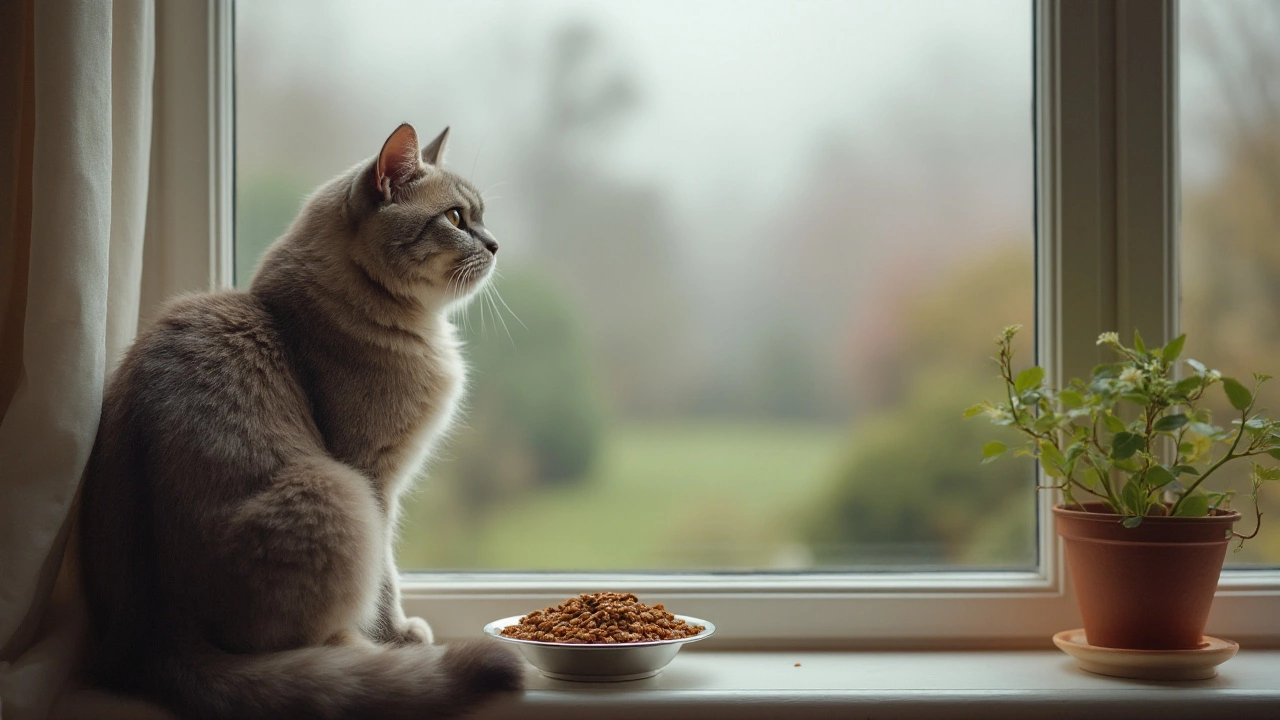Feline Diet Guide: How to Feed Your Cat for a Long, Happy Life
Got a cat that’s picky, overweight, or just plain sluggish? The good news is you can change that with a smarter diet. Cats are obligate carnivores, which means they need meat‑based protein to thrive. Start by checking the label: the first ingredient should be a real meat source, not a filler like corn or wheat. If you see a long list of vague terms, walk away.
What Makes a Food “Healthy” for Indoor Cats?
Indoor cats don’t chase mice, so they burn fewer calories. That’s why you need a formula with higher protein and lower carbs. Look for foods that list chicken, turkey, or fish as the top ingredient and keep the carbohydrate count under 10%. Wet food is a win‑win because it adds moisture, which helps prevent urinary issues—a common problem for indoor felines.
When you shop, compare dry and wet options. A good rule of thumb: feed wet meals twice a day and supplement with a small portion of high‑quality kibble for dental health. Brands that use real meat, no artificial colors, and added taurine (an essential amino acid cats can’t make themselves) usually score high on the health scale.
Pate vs. Shredded: Which Texture Suits Your Cat?
Texture matters. Some cats love smooth pate, while others prefer shredded pieces that mimic real meat. Pate often contains more moisture, making it easier on the kidneys, but shredded foods can be more satisfying for cats that like to chew. If your cat is a finicky eater, try a mix—start with a small spoonful of pate to entice them, then add shredded bits for variety.
Watch your cat’s reaction for a few days. If they finish the bowl quickly and seem energetic, you’ve hit the right combo. If they leave food behind, it might be a sign the texture or flavor isn’t right, and you should test a different brand or protein source.
Remember, diet changes should be gradual. Mix new food with the old one over a 7‑10 day period to avoid tummy upsets. Keep fresh water available at all times, and consider adding a little water or low‑sodium broth to dry kibble if your cat isn’t drinking enough.
Lastly, don’t overlook treats. Treats should be less than 10% of daily calories. Choose low‑calorie, high‑protein treats, or simply use small bits of cooked chicken as a reward. This keeps the overall diet balanced while still giving your cat something tasty.
By focusing on real meat, low carbs, proper moisture, and the right texture, you’ll set your feline up for better weight control, shinier coats, and fewer vet visits. Start small, observe, and adjust—your cat will thank you with purrs and playful antics.
Do Cats Recognize When They're Full? Insights on Feline Eating Habits
Cats, with their independent nature, often leave owners wondering about their eating habits and whether they know when to stop. While domesticated cats rely on their instincts to some extent, their satiety signals can be influenced by diet type and feeding practices. Recognizing fullness in cats depends on various factors including their health and the kind of food provided. Understanding the balance needed for a feline's diet can help in preventing overeating or undereating, ensuring a happy and healthy pet.
Is a Dry Food Diet Safe for Cats? Pros and Cons Explored
Exploring whether cats can thrive on a solely dry food diet requires understanding their nutritional needs and the benefits and limitations of dry kibble. While dry food is convenient and promotes dental health, it may lack necessary nutrients found in wet food. This article delves into the science behind cat nutrition, benefits of dry food, and tips for ensuring your cat remains healthy on a dry diet.

